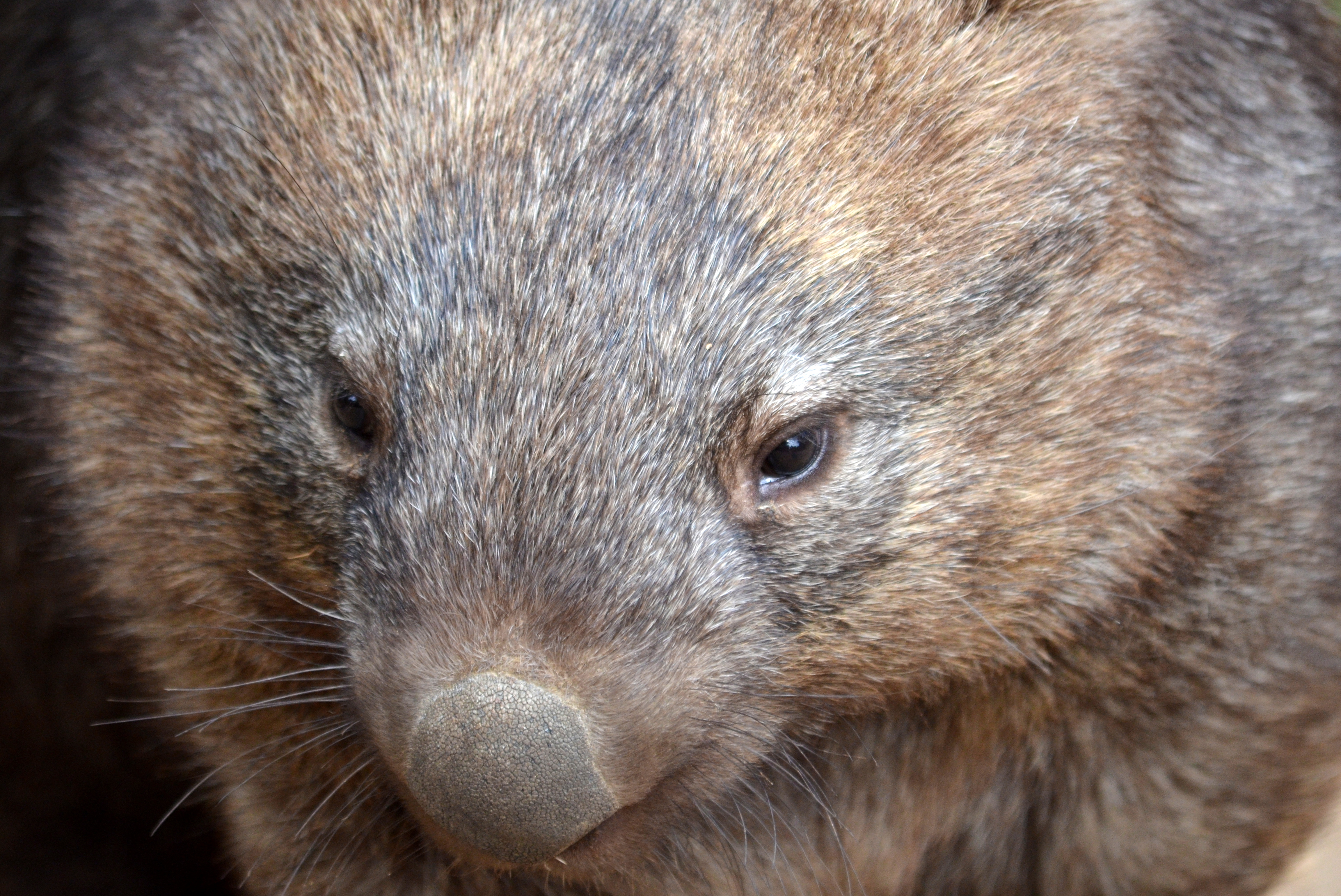As we approach spring, new research from the University of Queensland has shown that the season is the peak time for tick paralysis in dogs and cats, rather than the hotter months of summer.
A team led by Stephen Barker at UQ’s School of Chemistry and Molecular Biosciences analysed over 20,000 cases across 20 years of veterinary records in four regions along Australia’s east coast.
The researchers found spring appears to be when eggs laid by ticks the previous summer hatch, posing the biggest threat; however, ticks are a year round issue for pet owners.
“We found that there were tick cases in pets at veterinary hospitals all year in all of the regions we studied, even in the coldest winter months,” Barker said.
“The number of cases actually drops off through the hottest summer months of January and February in all regions.”
The research also showed that studying the climate could be a good indicator for the severity of the next year’s outbreak.
“We lined up the vet data to weather records and saw that variations in temperature and moisture in summer determines how bad the tick season is the following spring and summer,” Barker said.
“If the weather is quite dry and hot in January and February, many eggs will die but a mild and wet summer means a high hatching rate and a bad tick season in the following spring.”
The team has used their finding to develop computer model to make predictions for future tick seasons, allowing for warnings to pet owners and to help vets be prepared.
JULIA GARDINER



